Chinese Pantry Essentials 🌶 Your Complete Guide to Getting Started
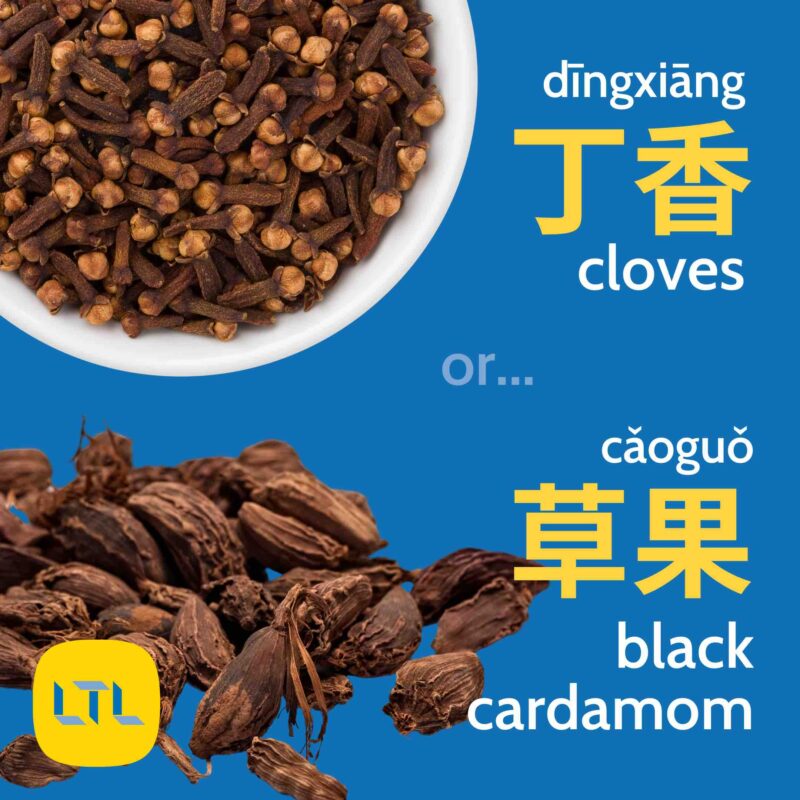
Want to make Chinese food at home but doesn’t know where to start?
These five Chinese kitchen essentials will get you started in no time.
There seems to be a misconception out there that Chinese food is filled with MSG and super difficult to replicate at home.
As someone who grew up in a Chinese household and cooks her own food 90% of the time, I can tell you that is simply not true!
For example…
When you think of Chinese food, maybe you are thinking of this:

But in reality, most of the food people make at home looks more like this:
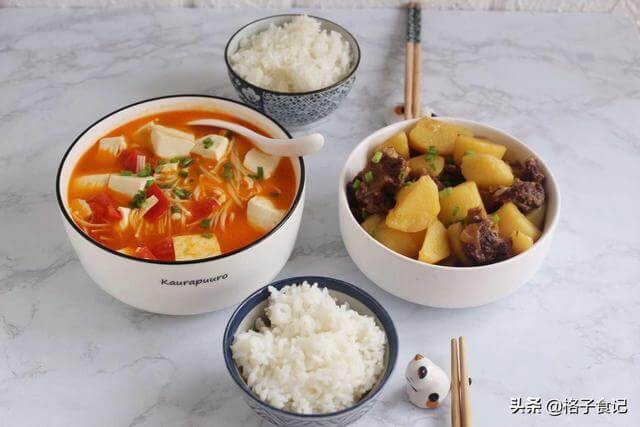
Oh and by the way, if you don’t know already, the Chinese food they serve at most take-out restaurants and buffets outside of China are not really Chinese food.
Without further ado, I present you the five Chinese kitchen essentials you absolutely need to make delicious and authentic Chinese food at home.
Chinese Kitchen Essentials || Soy Sauce 酱油
Chinese Kitchen Essentials || Oyster Sauce 耗油
Chinese Kitchen Essentials || Chinese Cooking Wine 料酒
Chinese Kitchen Essentials || White Pepper Powder 白胡椒粉
Chinese Kitchen Essentials || Scallions, Ginger, Garlic 葱姜蒜
Chinese Kitchen Essentials || FAQs
Soy Sauce 酱油
For many people, their first encounter with soy sauce might be at a Japanese restaurant where it’s used as dipping sauce for sushi.
Believe it or not, it’s also a kitchen staple in a Chinese home.
It’s probably the most versatile sauce in Chinese cuisine.
Besides using it as a dipping sauce, it’s also used in marinating, stir-fries and soups.
Chinese people like soy sauce so much that they’ve created many different types, with different names, for different purposes.
👉 It’s even making its way into more and more western recipes.
It can be quite confusing to walk into a supermarket not knowing the differences. So here is a very quick explanation.
The three main types of soy sauce used in Chinese home-style cooking is 生抽 (shēng chōu), light soy sauce; 老抽 (lǎo chōu), dark soy sauce; and 酱油 (jiàng yóu), normal soy sauce.
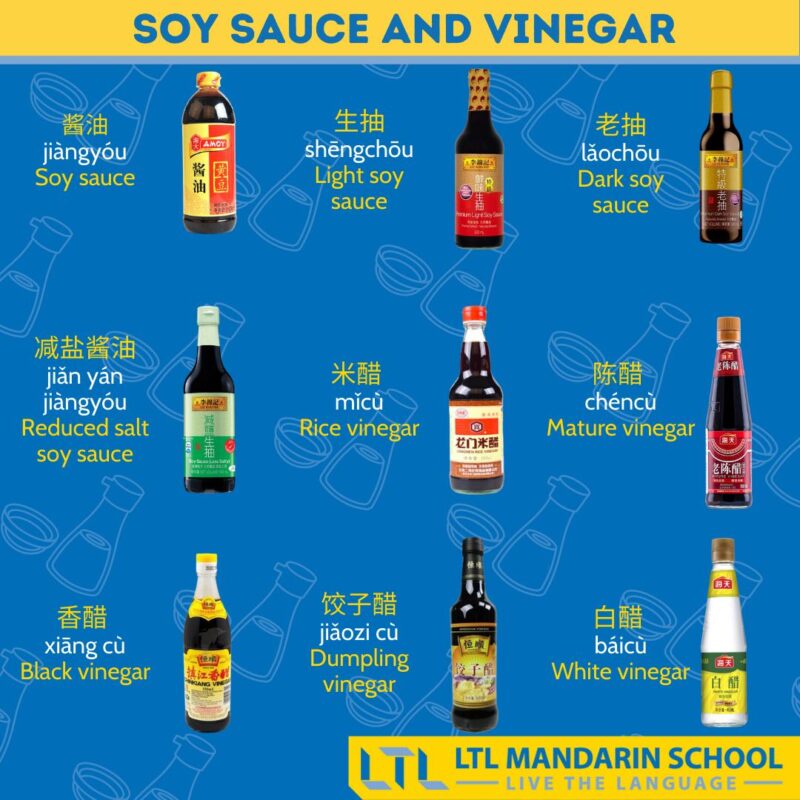
Light soy sauce is thin with a light reddish brown colour. It’s saltier than dark soy sauce and can take care of most dishes that calls for soy sauce.
Dark soy sauce, 老抽 (lǎo chōu), as its name suggests, it is darker and thicker.
It tastes less salty than light soy sauce and sweeter.
It’s commonly used for colouring in a recipe. It’s one of the main ingredients in one of the most popular Chinese dishes 红烧肉 (hóng shāo ròu), or red-braised pork, and other red-cooked dishes.
Then there is the normal soy sauce, 酱油 (jiàng yóu) . The consistency, colour, and flavour of normal soy sauce are in between light soy sauce and dark soy sauce.
The sauce is thin, dark brown in colour, and with a wonderful umami flavour.
Besides these main categories, there are also a variety of flavoured soy sauce, such as shrimp flavoured soy sauce and mushroom flavoured soy sauce.
It’s certainly okay to use any of them as substitute when a recipe calls for soy sauce; just remember to test for saltiness and darkness as these two things can vary quite a lot from one type of soy sauce to another.
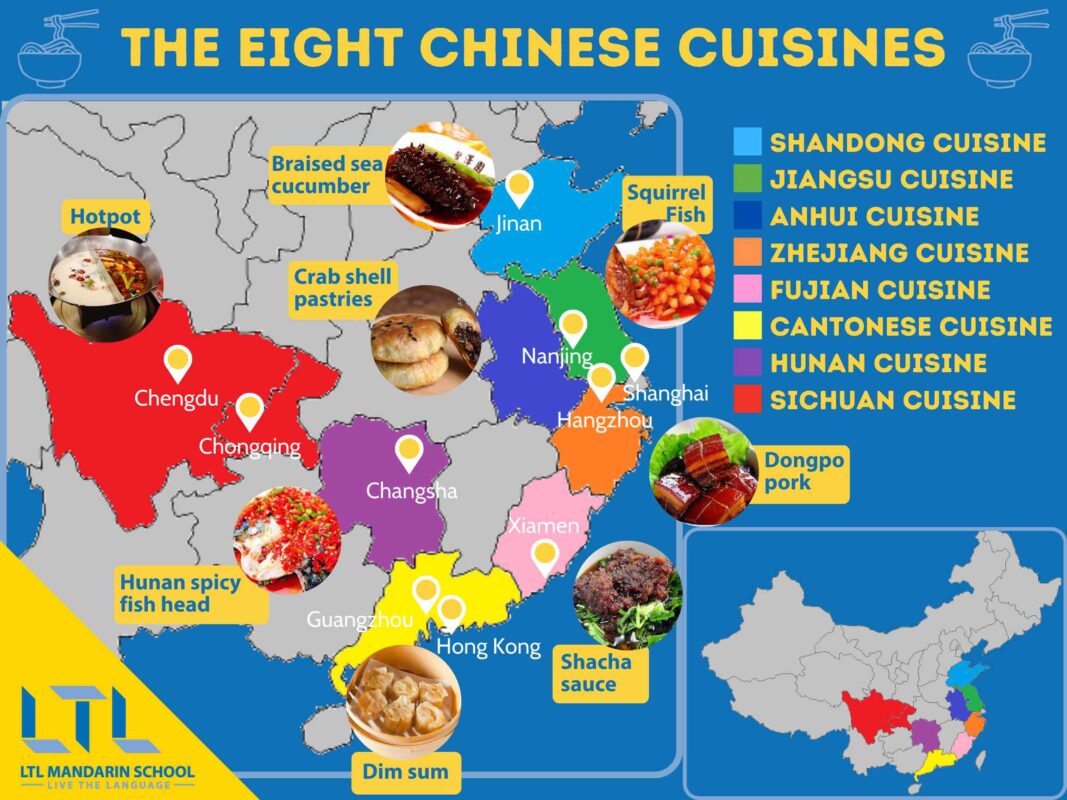
Oyster Sauce 耗油
Ever wonder where that deep umami flavor in Chinese food comes from?
If it’s not obvious already, it’s from oyster sauce!
Oyster sauce is great for building flavor in stir-fries, soups, and noodles.
The sauce is dark brown with a thick honey-like consistency. It’s salty and lightly sweet. Although it’s made from oyster extracts, it doesn’t taste fishy at all.
A common dish that uses oyster sauce is stir-fry noodles, also known as chow mein, or 炒面 (chǎo miàn).
The oyster sauce not only gives the noodle so much depth of flavour, it also gives the noodle that glossy finish.
Although oyster sauce is typically made from oyster extract, there are also vegetarian alternatives such as those made from shiitake mushrooms.
Look for 香菇素耗油 (xiāng gū sù hào yóu) in the grocery store if you are vegetarian.
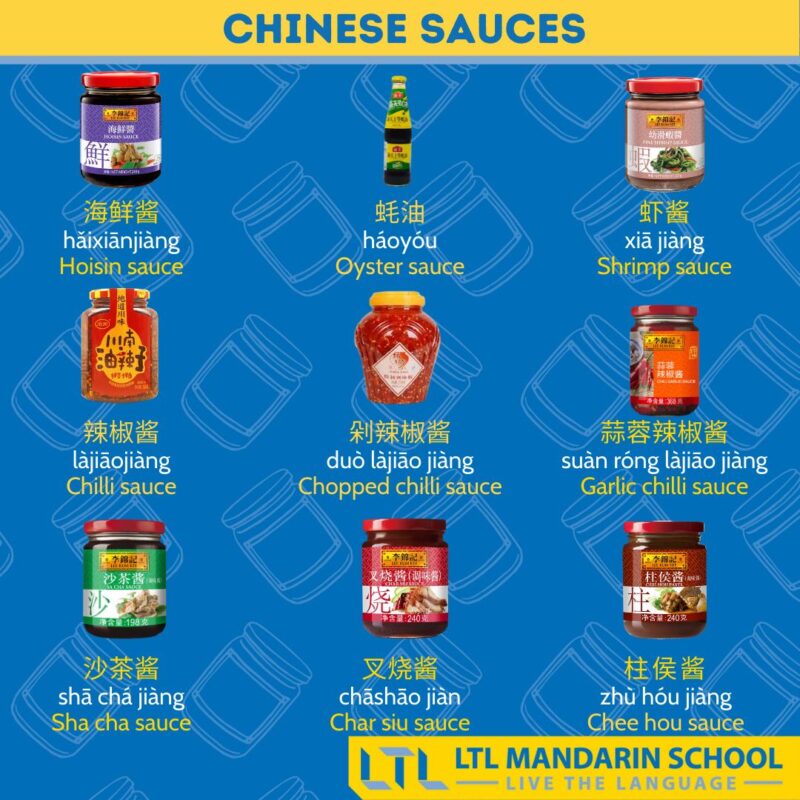
Chinese Cooking Wine 料酒
As Gordon Ramsey famously said, a kitchen would not be complete without some alcohol.
Just kidding, I just made that up. But I’m sure most people would agree with me.
Many western recipes call for wine, and Chinese cuisine is no exception.
But unlike the other cuisines, the wine of choice in Chinese cuisine is yellow wine, or 黄酒 (huáng jiǔ), also known as 料酒 (liào jiǔ).
Chinese cooking wine, or 料酒 (liào jiǔ), is dark brown but transparent.
It’s fermented from rice, but sweeter than pure rice wine, or 米酒 (mǐ jiǔ), which is usually clear in appearance.
It’s used to marinate meat, get rid of unpleasant odours from fish, pork, or chicken; it also adds nice flavour and fragrance to the dish.
The most famous variety of yellow wine is none other than 花雕酒 (huā diāo jiǔ), or huadiao wine, which originated from Shaoxing region in Zhejiang.
The city is well known for the production of yellow wine. Another popular variety, shaoxing wine, or 绍兴料酒 (shào xīng liào jiǔ) is named after the city.
You should be able to find both huadiao wine and shaoxing wine in most grocery stores, if not, the generic and cheaper version, labeled 料酒 (liào jiǔ), works just as well.
Check out this video for a tour of Shaoxing region and a more in in-depth explanation of the different types of Chinese cooking wine.
White Pepper Powder 白胡椒粉
Fun fact, did you know that white pepper and black pepper come from the same plant?
I know, I didn’t know either!
While black pepper is commonly used to add finishing touches and a little bit of spiciness to western dishes, white pepper serves the same purpose in Chinese food.
The most common way to use white pepper is in powder form, added into soups in the last step.
The best example of the use of white pepper is the famous hot and sour soup, 酸辣汤 (suān là tāng).
And a generous amount of white pepper powder before serving the soup is what gives the soup its signature “hot-ness”.
Think you are brave enough to take on Sichuanese food? The spiciest in all of China… check out our top 20 to put you to the test…

What To Eat In Chengdu – 20 Of The Best Sichuanese Cuisines You Can’t Miss
What To Eat In Chengdu – LTL’s Top 20 Sichuanese Eats Are you in Chengdu right now? Then you’ll be faced with one of the most famous cuisines in China. Sichuanese Cuisine! Things to do in Sichuan? Eat hotpot! Do…
Scallions, Ginger, Garlic 葱姜蒜
Last but not least, the three aromatics that are often used together in Chinese cooking: scallion, ginger, and garlic, often referred to together as 葱姜蒜 (cōng jiāng suàn) in recipes.
Together, they are the holy trinity of Chinese cooking.
Not only do they enhance the flavour of any dish, according to Chinese food therapy, each of them also have properties that are beneficial to the body.
You really can’t go wrong with adding any, or all three of them to your recipe!
With these five Chinese kitchen essentials, you will be able to make many of your favorite Chinese dishes at home.
So, next time you are at the grocery store, be sure to add them to your shopping cart. Happy cooking!
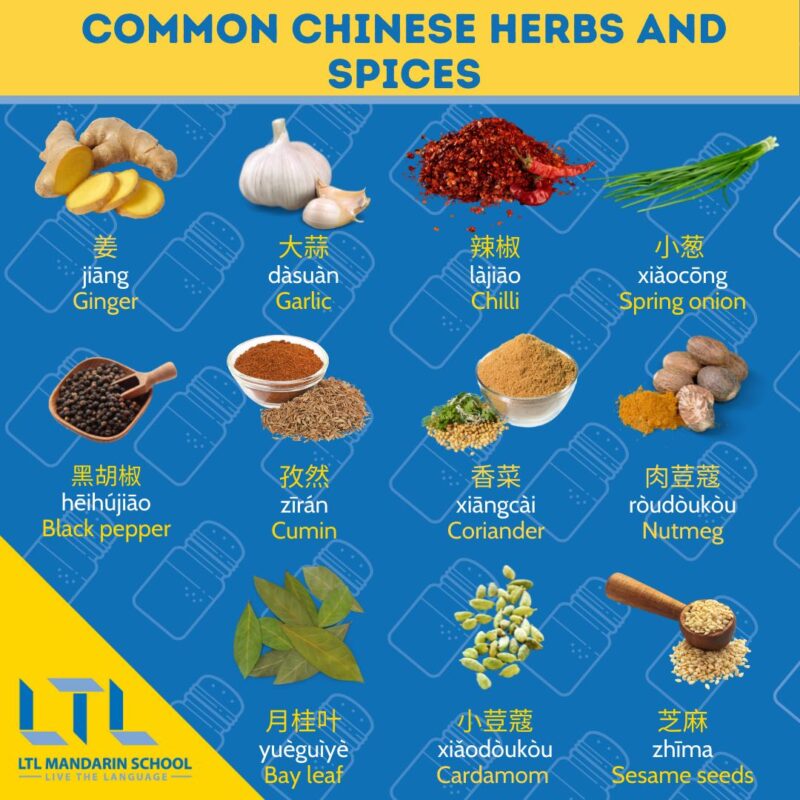
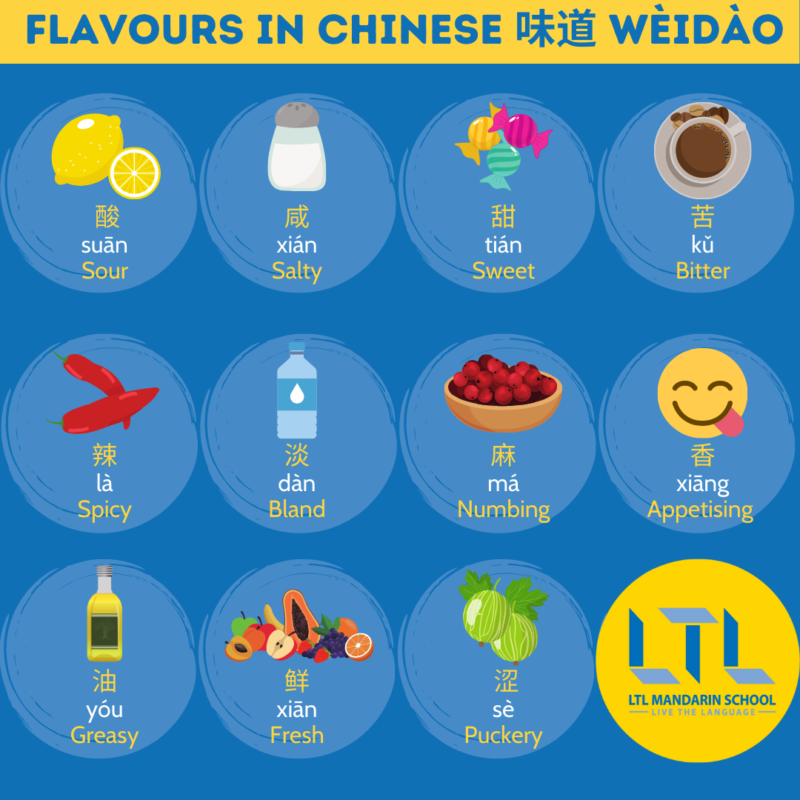
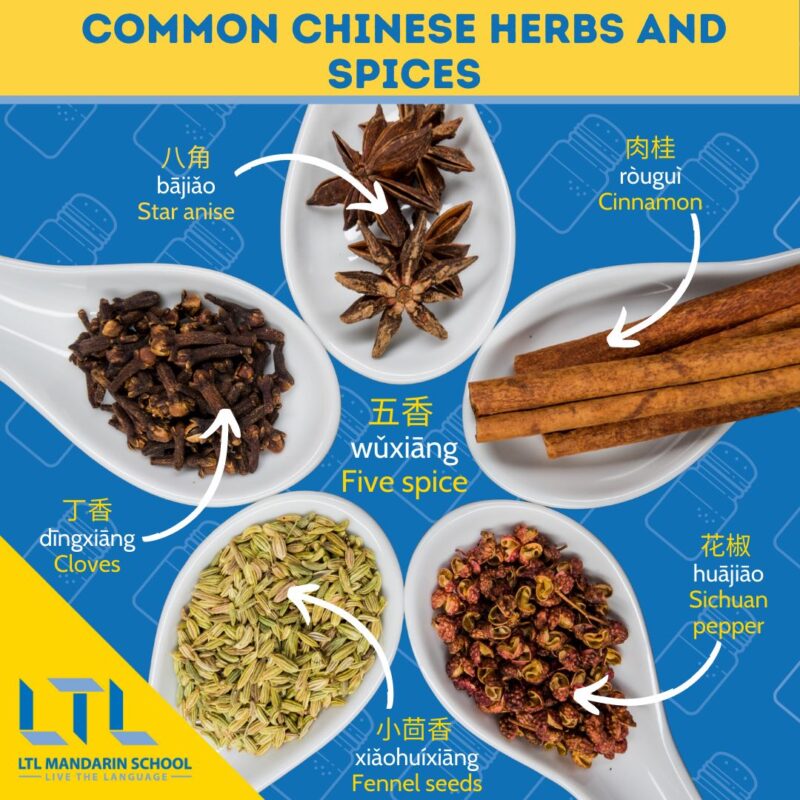
BONUS In addition to the right ingredients, it’s critical to have the right equipment! Here’s a great article we found that’ll tell you exactly what tools you’ll need!
Chinese Kitchen Essentials || FAQs
How do you say Kitchen in Chinese?
Kitchen in Chinese is 厨房 Chúfáng.
What are the most popular flavours in Chinese cooking?
There are a very diverse range of flavours in Chinese cooking but three common flavours you see a lot are scallions, ginger, garlic 葱姜蒜 (cōng jiāng suàn).
Is soy sauce common in China?
Yes very common. Besides using it as a dipping sauce, it’s also used in marinating, stir-fries and soups.
Is Chinese food the same as the takeaway food in western restaurants?
No. The Chinese food they serve at most take-out restaurants and buffets outside of China are not really Chinese food.
Is all Chinese food spicy?
Not all Chinese is no.
It can be a mix of mild or spicy given the cuisine is so diverse but if you head to Sichuan province (Chengdu being the most popular city), there are a plethora of spicy dishes there.
What are the Eight Great Chinese Cuisines?
Chinese food has 8 staple cuisines but there are also many more.
Here are the famous 8:
Shandong Cuisine 山东菜
Sichuan Cuisine 四川菜
Fujian Cuisine 福建菜
Anhui Cuisine 安徽菜
Zhejiang Cuisine 浙江菜
Jiangsu Cuisine 江苏菜
Hunan Cuisine 湖南菜
Want more from LTL?
If you wish to hear more from LTL Mandarin School why not join our mailing list? We give plenty of handy information on learning Chinese, useful apps to learn the language and everything going on at our LTL schools!
Sign up below and become part of our ever-growing community!
BONUS || Want to study Chinese with us in Chengdu? Why not check out our group courses or individual Chinese classes.


 Hi, my name is Sabatino. I am from Italy and I am a Student Advisor at LTL. Fancy coming to study with us in China?
Hi, my name is Sabatino. I am from Italy and I am a Student Advisor at LTL. Fancy coming to study with us in China? Hi, my name is Mojca. I am from Slovenia in Europe and I work as a student advisor at our Chengdu school.
Hi, my name is Mojca. I am from Slovenia in Europe and I work as a student advisor at our Chengdu school.

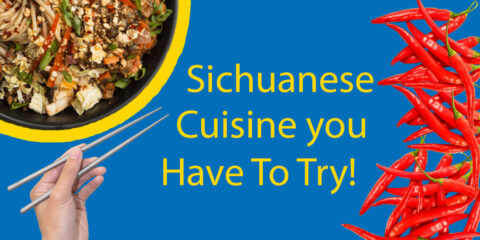
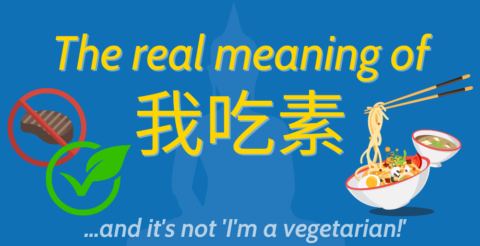

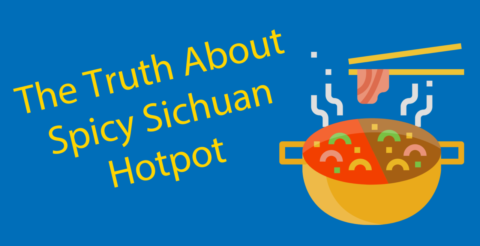
4 comments
Need to start cooking more Chinese food, the flavours are some of my favourites worldwide. The scallions, garlic and ginger are soooo so good mixed!
Yes indeed, as mentioned those three are the holy trinity of Chinese cuisine, strong, powerful flavours that bring so much to Chinese cuisine.
LTL
[…] can check out this post to get you started on cooking related words in […]
You have spice which is powder and starts with a can you tell me what it is